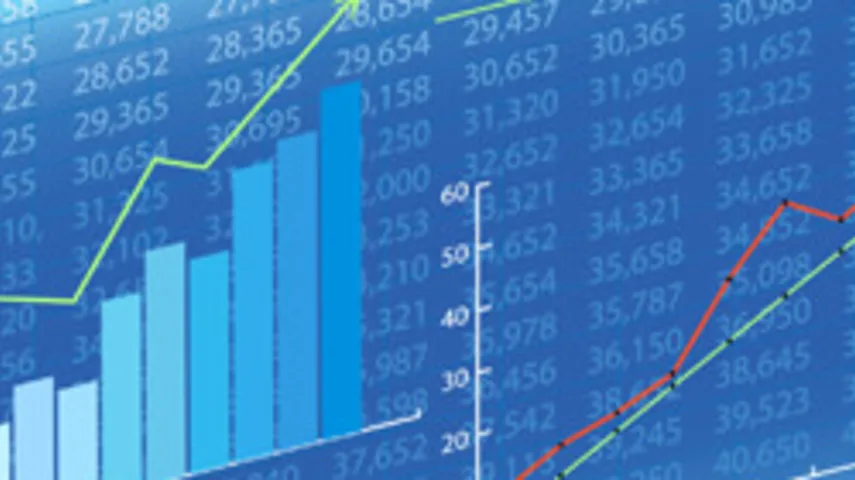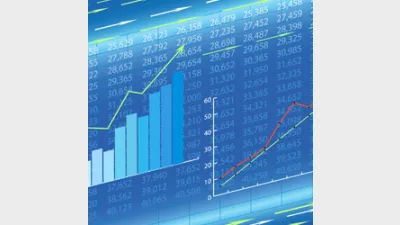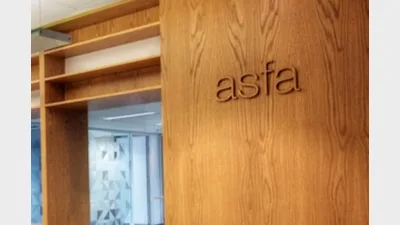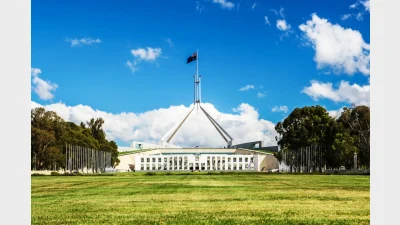ASFA call for greater transparency in APRA levies



The Association of Superannuation Funds of Australia (ASFA) has called for transparency and a comprehensive audit of all components of the proposed Australian Prudential Regulation Authority (APRA) levy increases.
ASFA said levy amounts should only relate to direct and indirect costs associated with the supervision of APRA-regulated funds.
But the industry had not been provided with a breakdown of non-APRA-related levies, including payments to the Australian Securities and Investments Commission, the Australian Taxation Office and the Department of Human Services, the submission said.
ASFA also requested self-managed super funds (SMSFs) be subject to the SuperStream levy, as they would directly benefit from initiatives. Not implementing the levy for SMSFs would leave super funds on an uneven playing field, it said.
The submission called for costs to be spread over a greater period of time - nine as opposed to seven years - as well as requesting further detail on the calculation of the SuperStream levy and its allocation to the super funds paying the levy.
While ASFA supported the SuperStream initiatives, it again questioned the cost to super funds, saying the cost per member far outweighed the $4 per member estimated by APRA.
It said the levy should not be determined by the current supervisory levy calculation but on a per-member basis in line with APRA estimates.
Recommended for you
Former ASIC and APRA leaders launch a conflict-free model to meet rising prudential expectations.
ASFA has launched a central online hub to help super funds, employers and service providers prepare for Payday Super reforms.
The Super Members Council is calling on the government and regulators to impose additional safeguards to prevent superannuation switching harm and has put forward multiple suggestions for improvements.
The Assistant Treasurer has reaffirmed the government’s commitment to strengthening retirement outcomes, consumer protections and cyber resilience in superannuation.










